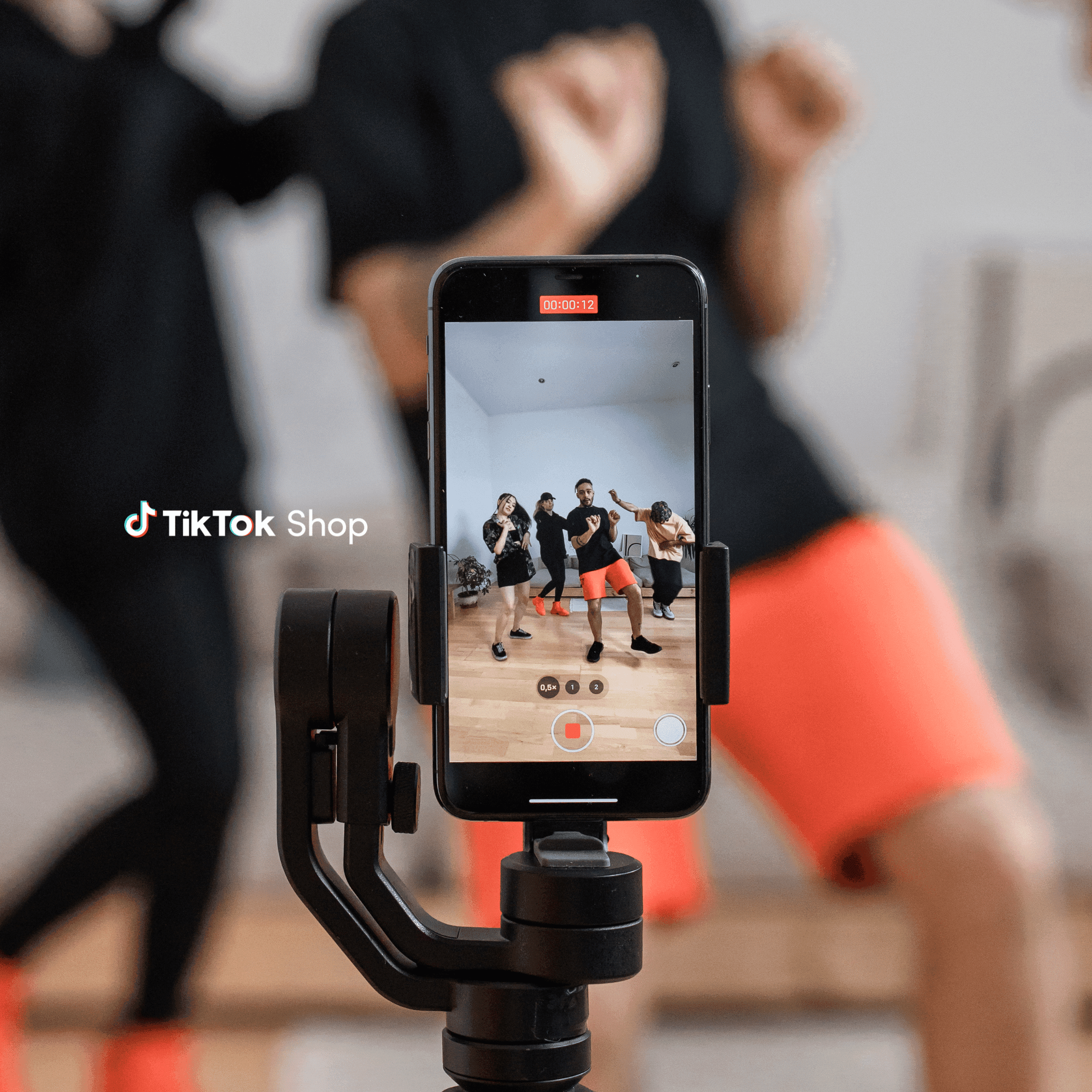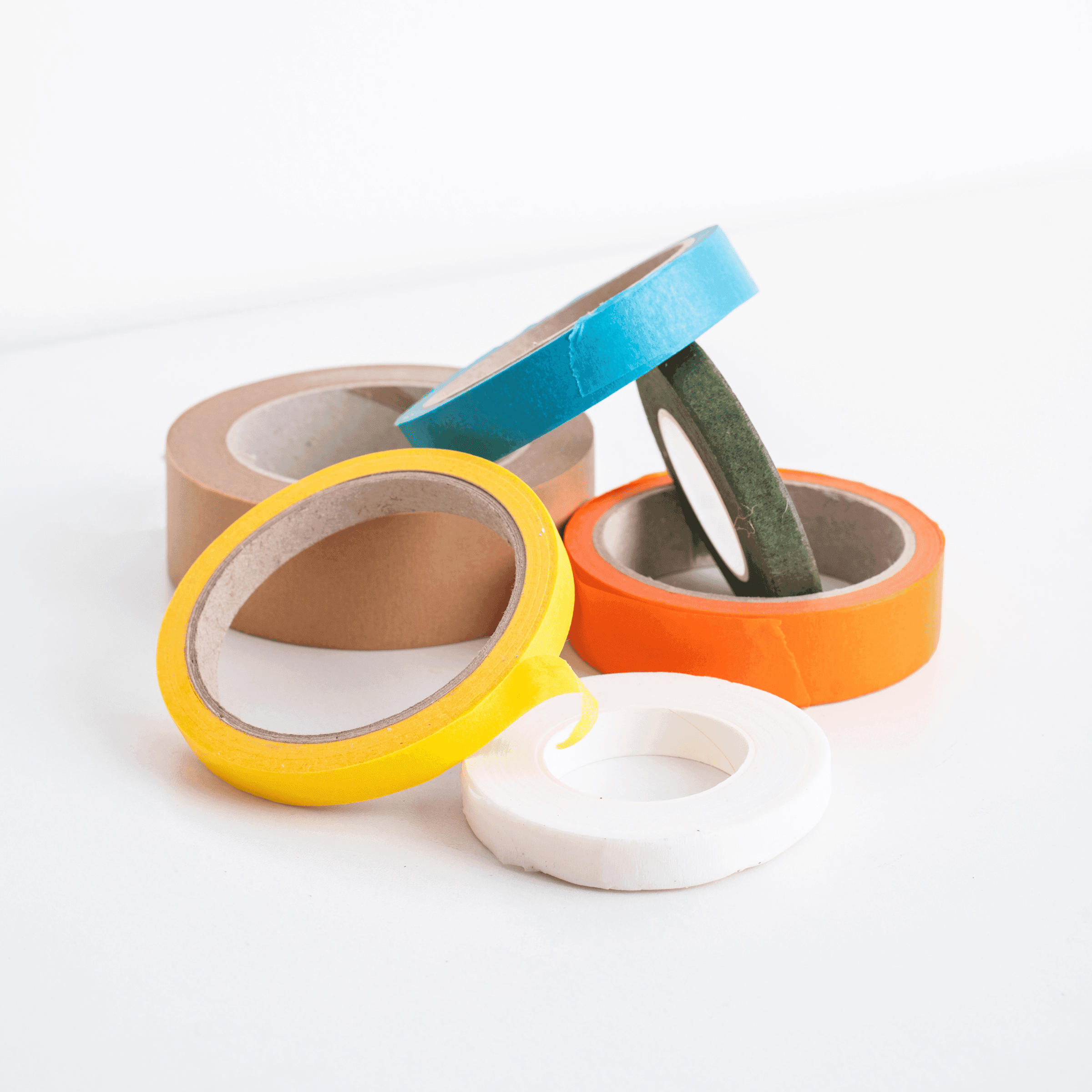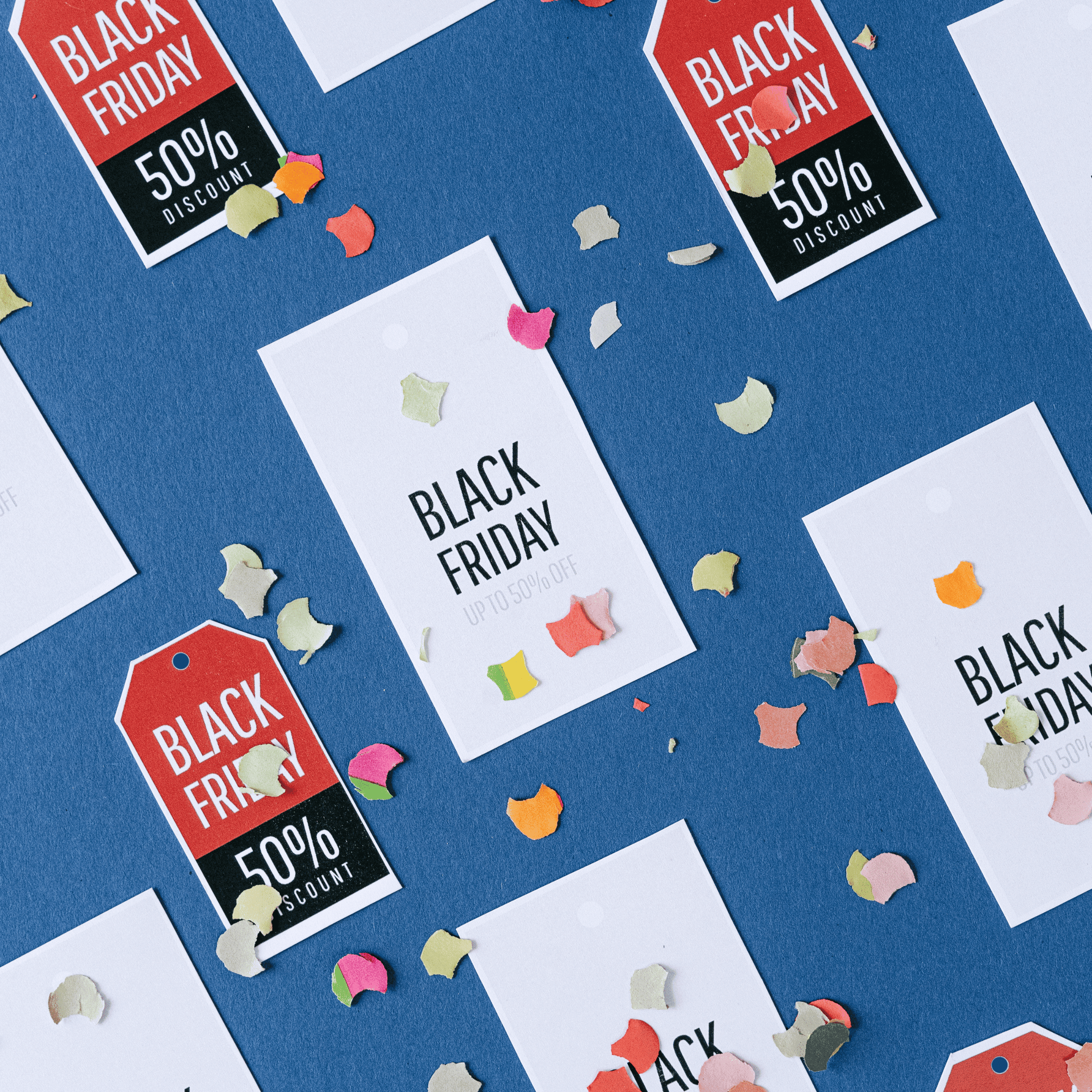TikTok Shop is tightening fulfillment and performance rules going into the holiday peak. For brands that ship with a third-party logistics partner (3PL), these changes affect how fast you must dispatch, how you confirm tracking, what counts toward your performance score, and when orders auto-cancel. Below is a practical briefing for operations teams and 3PLs preparing for Q4.
The Big Picture: What Changed (And Why It Matters)
TikTok Shop has refreshed core Fulfillment Policy language, clarified dispatch SLAs, expanded guidance on tracking requirements, and continues to evolve shop-level metrics such as the Shop Performance Score (SPS) and On-Time Delivery Rate (OTDR). Collectively, these aim to reduce cancellations, late shipments, and customer complaints—penalizing sellers (and by extension their 3PL workflows) that miss deadlines or provide weak tracking.
Fulfillment SLAs Your Warehouse Must Hit
Dispatch window: Most regular orders must be dispatched within 2 business days of the order date (cut-off 11:59 PM PT). TikTok defines dispatch as getting a valid tracking number onto the order and moving the parcel into carrier custody. Failure to hit these milestones triggers auto-cancellation rules downstream.
Auto-cancellation guardrails: If an order isn’t progressed to “awaiting collection” (tracking added) within 7 business days, TikTok may cancel it automatically. Expect stricter auto-cancel behavior in peak to protect customer experience—plan buffers in your dock-to-scan workflow.
Tracking is not optional: TikTok’s policy explicitly requires valid tracking numbers for every order; this is how TikTok verifies dispatch SLA and enables buyer tracking. Inaccurate or placeholder tracking numbers count against you.
API update window: If you or your integrator push shipping data via API, note that the time limit to update shipping information has been extended to 72 hours (previously 36). This gives engineering teams a little more breathing room to sync labels and handoff scans—but do not treat it as a dispatch delay allowance.
Third-Party Fulfillment Is Allowed—With Conditions
TikTok permits using third-party fulfillment providers (3PLs) as long as the seller maintains ownership of inventory and complies with all packing and tracking rules. Direct-from-retailer dropshipping (buying from another online store and shipping to a TikTok customer) remains prohibited. Build your SOPs so inventory title and compliance remain with the seller.

Performance Metrics That Now Drive Visibility (And Penalties)
Shop Performance Score (SPS): TikTok combines product satisfaction (refunds/returns), fulfillment & logistics (late shipments, seller-side cancellations), and customer service (complaint rate, response time) into a 0–5 score that’s weighted over about 90 days. Lower scores can limit traffic and eligibility for programs; late dispatches and cancellations push SPS down quickly.
On-Time Delivery Rate (OTDR): TikTok is rolling out OTDR as a shop-level metric measuring whether orders arrive on time—not just whether you dispatched on time. This increases the importance of carrier selection, label service levels, and last-mile reliability in peak weeks.
3PL takeaway: It’s no longer enough to scan fast—you must choose lanes and services that consistently hit delivery promises or risk shop-level throttling.
Fast-Delivery Badging and Q4 Expectations
TikTok continues to promote fast-delivery programs in the U.S. (for example, initiatives toward 3-day delivery). If your brand pursues these badges, your 3PL must align cut-offs, inventory placement, and service levels to meet the stricter promise. Confirm badge eligibility criteria and confirm they’re feasible with your actual network and carriers prior to peak.
Packaging, Prohibited/Restricted Items, and Documentation
Packaging standards: TikTok expects protective outer packaging; logistics service providers can require cartons if alternatives don’t protect adequately. Weak packaging that drives damages will surface as refunds or complaints (hurting SPS).
Prohibited and restricted items: The platform regularly updates prohibited products and documentation needs for restricted categories (such as electrical goods and cosmetics). Keep an SOP for product certification uploads, safety reports, and packaging/label images to avoid takedowns during peak.
Returns, Refunds, and Net Payout Math
In 2025, creators and brands report tighter refund fees and clawback rules. Operational misses that increase returns (for example, mis-picks, damages, or slow delivery causing buyer remorse) can erode margins after the click. Your 3PL’s QA checks, dunnage standards, and scan accuracy directly protect payout.

3PL Playbook: How to Bulletproof Q4 Compliance
1) Lock Dispatch Discipline
Engineer T+1 dispatch for regular orders so you never flirt with T+2 misses. Use WMS timers and exception dashboards to flag orders approaching deadlines.
2) Make Tracking Verifiable
Enforce “label-to-scan” rules: label creation must trigger immediate tracking write-back, and parcels must move to carrier custody before end-of-day. Validate that “valid tracking” flows back to Seller Center every time.
3) Engineer For On-Time Delivery (Not Just Dispatch)
Map lanes to service levels that actually arrive on time to your major buyer ZIP clusters. Use historical carrier performance to select services during winter weather risk weeks. OTDR impacts shop health.
4) Prevent Seller-Fault Cancellations
Add stock buffers and real-time ATP to avoid out-of-stock cancellations (a direct SPS hit). Lock pricing sync to prevent mispriced SKUs that trigger customer-side cancels.
5) Tighten Packaging SOPs
Follow TikTok’s packing guidance (outer cartons when needed). Run IST-style drop tests on top sellers and increase dunnage during peak to curb damage-driven returns.
6) Keep Certifications Centralized
Maintain a compliance folder per SKU (safety certs, labeling photos, MSDS where applicable) and keep it synchronized with Seller Center to avoid restricted-item flags mid-season.
7) Monitor SPS Weekly
Track SPS drivers—late dispatch percentage, seller-fault cancellation percentage, message response times—and review all refund reason codes to spot packaging or pick/pack patterns early.
8) Align Cut-Offs to Carrier Reality
If you promise same-day, set a warehouse cut-off that still meets carrier final pick-up with time for exception handling. Avoid creating labels after driver departure—those look like “phantom scans” to the system.
9) Audit Integrations
If you use APIs or connectors, confirm they push ship events within the 72-hour window and never overwrite tracking with placeholders. Build alerts for stuck webhooks.
10) Returns Cost Control
Implement photo-on-return intake and SKU triage. Feed reasons back to ops weekly; optimize fragile SKUs’ packaging now, not during week-48.
How This Differs If You Use FBT vs. A 3PL
Fulfilled by TikTok (FBT) offloads warehousing and SLAs to TikTok and often excludes those orders from some seller-side rate calculations; however, you’ll pay FBT fees and must inbound inventory to their nodes. A 3PL route keeps control and flexibility—but your SOPs must meet TikTok’s policies without the FBT safety net. Many brands run a hybrid model (FBT for high-velocity SKUs, 3PL for long tail, B2B, or value-add kitting). Validate fees, SLAs, and badge impacts by SKU.
Implementation Checklist for Brand + 3PL Teams
- Policy Review: Confirm your team has read the latest Fulfillment Policy and Customer Order Shipping Policy (updated September/October 2025).
- SLA Calendaring: Encode T+2 dispatch into WMS SLAs with a T+1 internal target; surface countdown timers on order screens.
- Tracking QA: Validate label creation → carrier acceptance → tracking write-back workflows; spot-check daily.
- OTDR Plan: Map service levels by region for on-time arrival; pre-assign “storm alternate” services for peak weeks.
- Restricted Items Folder: Maintain certs, testing, and packaging images per SKU; pre-clear any borderline items.
- SPS Watchlist: Weekly SPS review with root-cause for late dispatches, cancels, complaints; implement corrective actions.
- API Health: Confirm 72-hour shipping info update tolerance and alert on failures; don’t rely on tolerance to delay dispatch.

Need help meeting TikTok Shop’s new SLAs?
Contact Us





